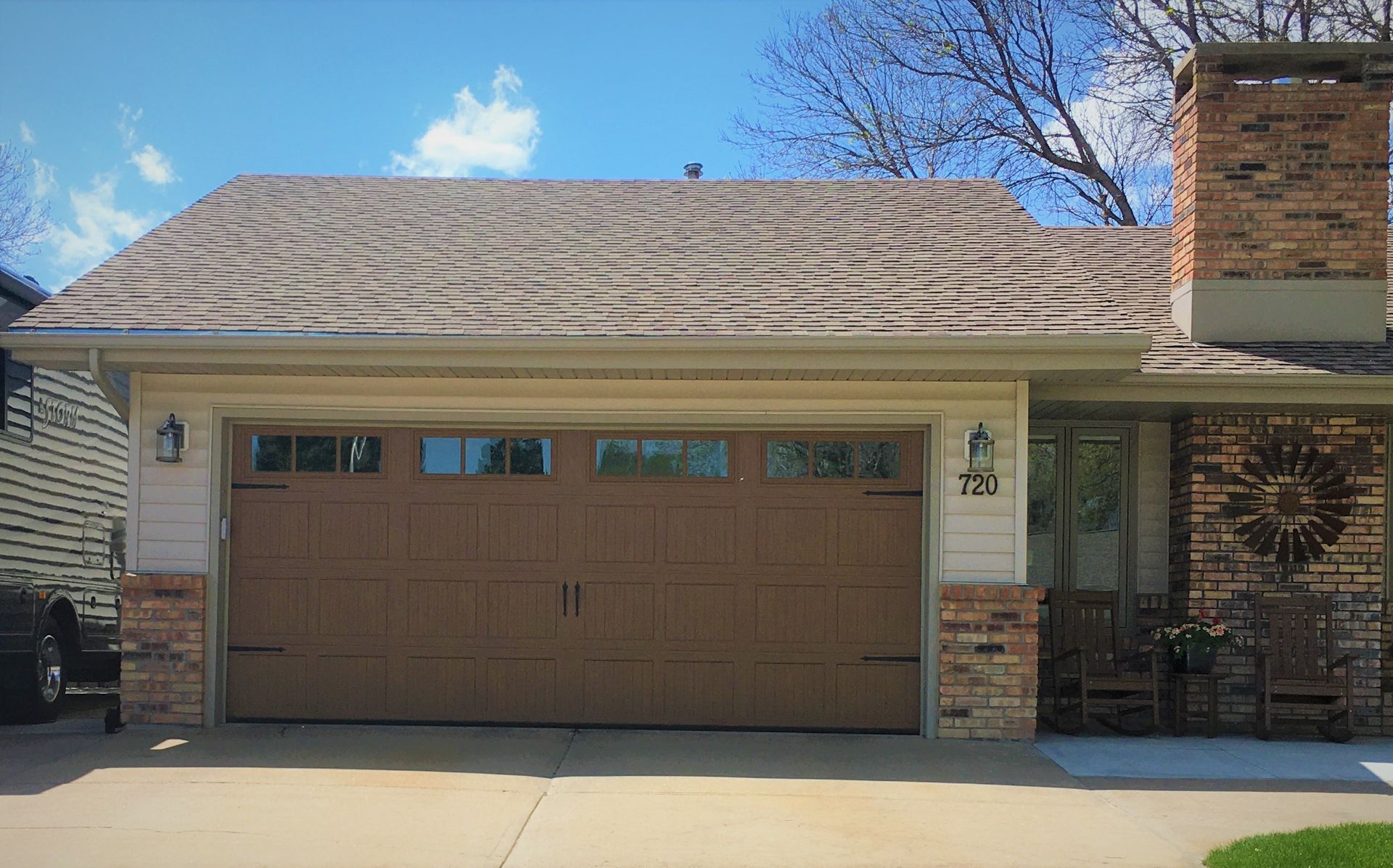Debating between a flat or sloped roof? Both options have their advantages, but the best choice depends on your needs, budget, and building design. Let’s break it down.
Pros and Cons of Flat and Sloped Roofs
Flat Roofs
- Pros: Flat roofs are affordable, easy to build, and offer additional space for things like HVAC systems or even rooftop gardens.
- Drawbacks: Flat roofs require frequent upkeep to prevent water from pooling and can develop leaks if not properly maintained.
Advantages and Disadvantages of Sloped Roofs
- Advantages: Excellent water drainage, durable, and aesthetically pleasing.
- Cons: Higher upfront costs and more complex construction.
Debunking Myths About Flat Roofs
Contrary to popular belief, flat roofs aren’t truly flat. They have a subtle slope for water drainage. Flat roofs can be just as durable as sloped ones with the right materials and maintenance.
Key Considerations: Costs, Materials, and Building Design
To help you make your decision, consider the following factors when choosing between a flat and sloped roof:
- Budget: In terms of cost, flat roofs are more affordable initially, while sloped roofs typically provide better long-term savings because of their durability and reduced maintenance.
- Materials: Common materials for flat roofs include EPDM or TPO, while sloped roofs are usually made of asphalt shingles, tiles, or metal.
- Roofing Design and Architecture: Consider the building's architecture, climate, and intended use. Flat roofs work well for modern aesthetics, while sloped roofs suit traditional homes and areas with heavy rainfall or snow.
Weathercraft's Expertise in Roofing Solutions
Weathercraft offers expert roofing solutions for both flat and sloped roofs. We work closely with you to recommend the best options based on your design preferences, budget, and local climate. We use high-quality materials and provide exceptional craftsmanship on all roofing projects.
